This article was produced in partnership with the Pulitzer Center’s Rainforest Investigations Network.
In the forests of Guatemala, China and Scotland, oil giant Royal Dutch Shell is planting tens of thousands of trees that suck greenhouse gases out of the air, allowing customers who buy its fuel to claim that their driving is carbon-neutral — at least on paper.
In Brazil, Amazon is paying to help small-scale farmers restore degraded lands in the tropical rainforest that shares its name.
And in Asia, Delta Air Lines is spending $30 million to offset pollution from its jets by protecting half a million acres in an Indonesian peat swamp forest and a Cambodian wildlife sanctuary.
With each investment, the corporations rack up “credits” for the forests they save or restore, tokens representing a set amount of carbon dioxide ostensibly kept out of the atmosphere by storing it safely in the trees.
Demand for forest credits is set to explode in the coming years as image-conscious corporations race to go “net zero.” Climate finance consultants and environmental groups are sounding the alarm about a system they say doesn’t deliver anywhere near the carbon reductions promised but offers companies a convenient way to avoid the tougher work of actually cutting emissions.
“It is the next big thing in greenwashing — and we must not be fooled,” Greenpeace recently declared on its blog.
On its face, the exchange seems like a win-win: Huge sums of money are funneled into environmental projects, mostly in poor countries with less ability to pursue large-scale forest protection on their own. Companies courting climate-minded investors can say they’re zeroing out their carbon footprints by offsetting whatever emissions they can’t eliminate from their own operations with CO₂ reductions elsewhere on the planet.
Yet the system, part of what’s known as the “voluntary carbon market,” is awash with challenges, fuzzy math and tough-to-prove claims.
Much of the time, credits are banked for existing forests that are already trapping carbon dioxide, public data from carbon registries show, on the speculative assumption that they would otherwise be cut down. In some cases, forests that generated credits bought by Microsoft and other big players have burned down in wildfires, releasing their carbon dioxide stores into the air.
Exponential growth
In recent years, a long list of Fortune 500 companies has begun purchasing credits from forest projects, according to an NBC News review of filings with the Securities and Exchange Commission and corporations’ Environmental, Social, and Corporate Governance disclosures.
The market for the credits is estimated in the hundreds of millions of dollars, a number growing year upon year as a cottage industry to sell, trade and authenticate forest credits has taken shape.
The growth may soon be exponential. Mark Carney, a former Bank of England governor and U.N. climate finance envoy, has said the carbon offset market could soon reach $100 billion a year, although some of those credits may come from carbon capture and other measures, rather than forests.
The market is also set to get a major boost from agreements reached last month at the COP26 U.N. climate summit in Glasgow, Scotland, where more than 100 world leaders promised to end and reverse deforestation by the end of the decade. Leaders also reached a major agreement at the summit setting global rules for carbon markets, a move likely to bring even more major players into the game.
A key concern is that big polluters, rather than actually cut their emissions from energy and fossil fuels, will opt for the easier, often cheaper route of paying to zero them out, said Thiago Chagas, a legal consultant at Climate Focus, a nonprofit think tank that advises governments and businesses about climate policy, who has studied the quality of a U.N.-backed brand of credits known as REDD+.
“The greenwashing aspect is that companies simply offset a large majority of their emissions and then come out and say they’re carbon-neutral,” Thiago said. “That’s something that we should not be allowing at this point anymore. … They need to do their homework. They need to reduce their own emissions internally.”
Not all forest credits are built the same.
There are multiple, competing “certification” standards and a dizzying array of organizations or companies that act as middlemen, authenticating supposed greenhouse gas reductions and connecting credit buyers and sellers. Measuring activity on the ground in far-flung rainforests can be incredibly difficult.
“There’s a whole verification process that involves a third-party auditor, but there are strange things about it,” said ecologist Dan Nepstad, the president of the Earth Innovation Institute. “It’s the carbon project developer that hires the auditors. So the auditors are working for the company that would benefit, really, from a good result.”
That means it’s up to companies to do their own due diligence to know that the credits they’re buying are legitimate, Nepstad said.
Delta’s projects in Indonesia’s Rimba Raya Biodiversity Reserve and Cambodia’s Keo Seima Wildlife Sanctuary funnel funds to local and indigenous communities to run forest conservation programs. The company says the projects yielded 13 million metric tons of CO₂ reductions last year, helping the company meet its goal to become “the first carbon-neutral airline globally.”
“All of Delta’s offset projects are independently audited against leading, third-party standards,” the airline said. Delta said it has also invested in wetland restoration as part of a $1 billion commitment to mitigate its emissions.
Still, there’s no single, universally recognized way to count how much carbon any given project keeps out of the atmosphere.
If a company, for example, pays landowners not to cut down a forest they didn’t plan to cut down anyway, there’s no real savings for the planet — a problem known as “additionality.” Projects are supposed to be measured against a “baseline” of what would most likely have occurred if the payments were never made. But the baselines are often inflated, experts said.
Britaldo Soares-Filho, a professor of cartography and geosciences at Brazil’s Federal University of Minas Gerais, said that makes forest “preservation” projects far more risky than, say, planting trees where there previously were none.
“Restoration projects are something that you really can measure. You start from zero, and then you can measure, over time, the amount of carbon fixed in the trees and the soil. It’s closer to reality,” Soares-Filho said. “The thing is, when you say, ‘I’m protecting this area that might be deforested in the future,’ now you are speculating.”
There’s also “leakage” — when a company pays landowners not to cut down Forest A and they cut down Forest B, instead. And “permanence” — when a carbon-trapping forest is kept intact one year thanks to purchased credits but is cut down the next year.
One model, a start-up credit marketplace called NCX, offers individual landowners a chance to generate and get paid for credits for postponing tree harvesting on their properties for one year at a time, rather than the traditional standard of 100 years. If the landowners cut all the trees down the next year, they’ve already gotten paid.
Zack Parisa, the company’s CEO and founder, argued that because carbon dioxide remains in the atmosphere for a long time, trapping more and more heat, delaying release of carbon into the air for even one year has value. He said that’s especially true because scientists say this is the pivotal decade for humanity to avert the worst effects of global warming.
“When that’s the case, landowners don’t have to engage in these multigenerational contracts that are subject to natural disturbances, fires, hurricanes,” Parisa said. “You can bring a lot more participation to the table, a lot more scale immediately, right now, in this critical decade.”
In the meantime, the forest credit market is creating a pathway for a massive infusion of corporate cash into ecological projects that might otherwise go unfunded: dense forest restoration in India, agroforestry in Peru and forestland preservation in Pennsylvania’s Hawk Mountain wild bird sanctuary.
Nepstad, of the Earth Innovation Institute, said the forest credits market is at a crossroads as it moves to a larger scale in which states and provinces are taking larger roles.
“The bottom line is that these are programs that are starved of finance,” Nepstad said. “The world has been so focused on making sure that funds are not flowing if there’s not just incredibly risk-free emissions reductions behind them, instead of saying let’s just get the money flowing and make sure there’s some pretty rigorous credibility measures in place.”

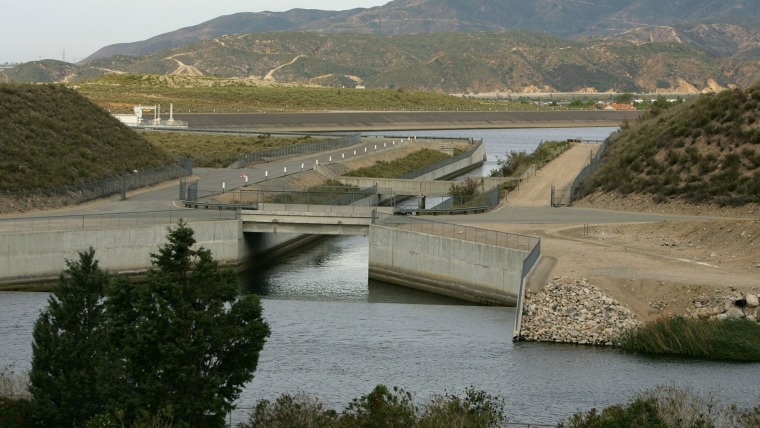
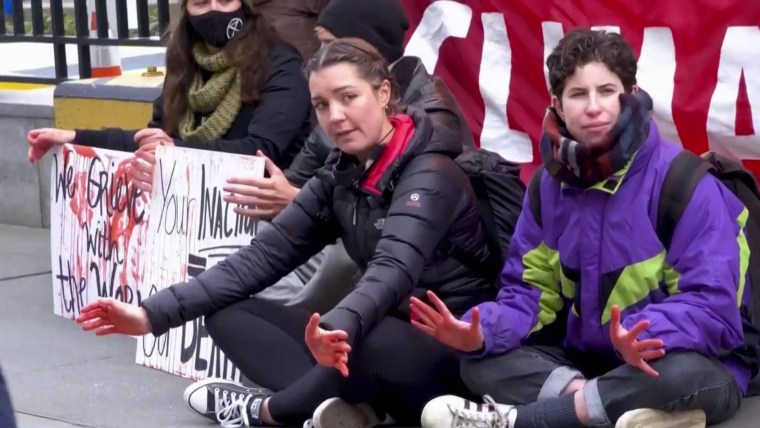
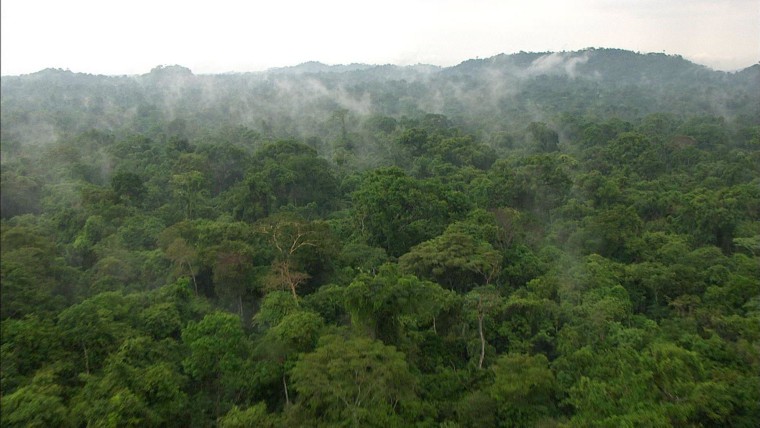

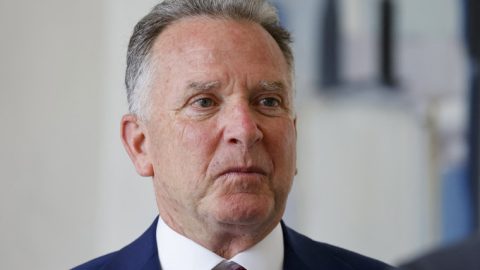

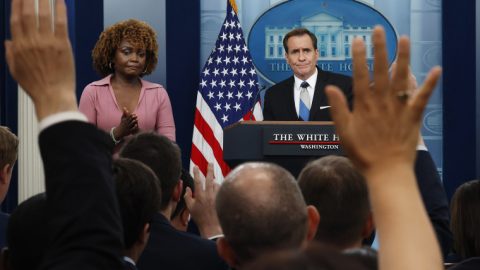




Recent Comments